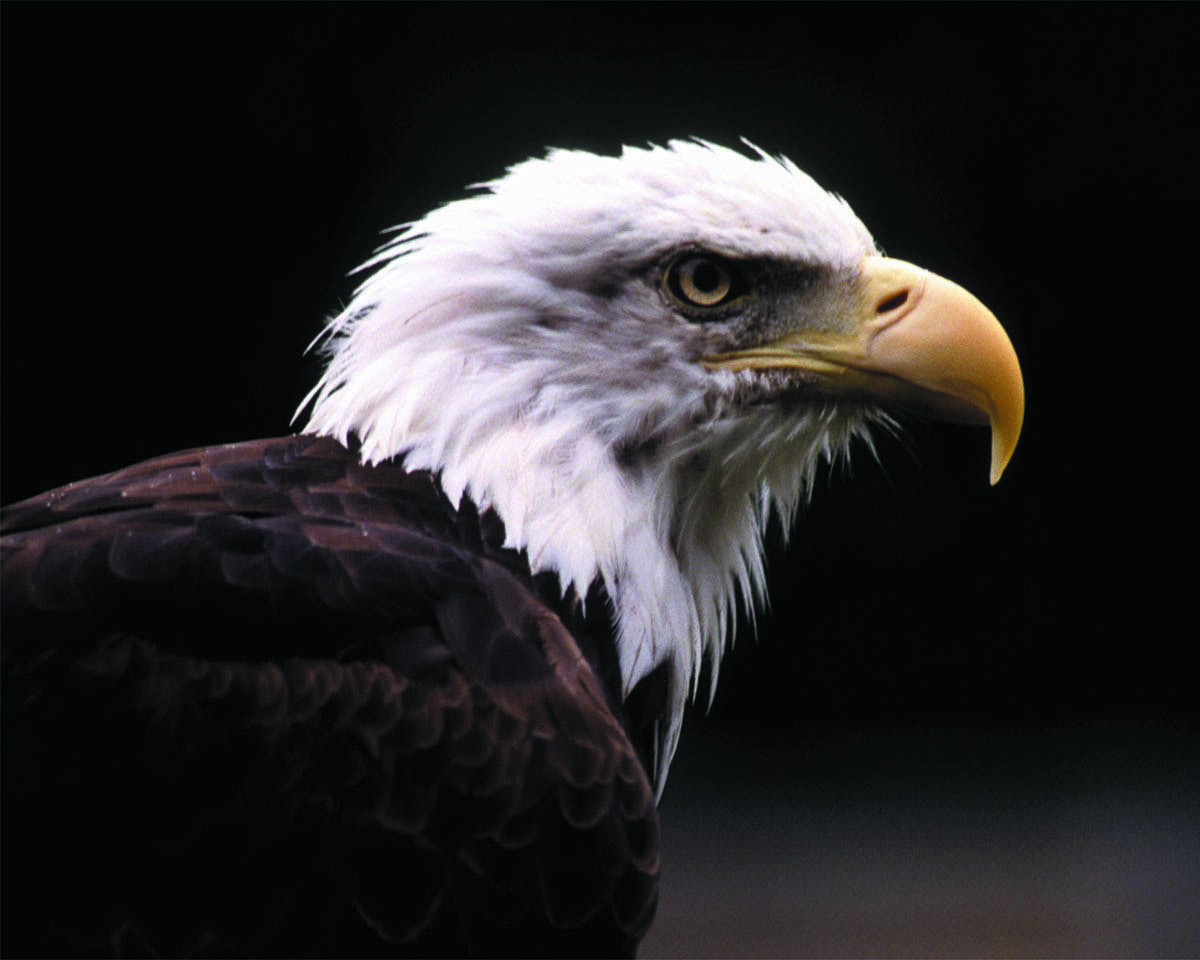By Bill Deaton
February is typically prime time for viewing Bald Eagles in and around the Upper Delaware River Valley. Seeking open waters for fishing, our national symbol migrates south and takes up seasonal residences along the local streams. The eagles present during the winter are usually not the same ones paddlers and anglers meet during the summer months as most of those birds have migrated south and won’t return until the spring. Summer sightings tend to be staggered, whereas winter encounters can be concentrated, especially in several spots favored by our feathery friends.
Birdwatching can be done any day of the week. For those venturing out, observing the following tips can help enhance your experience and keep you safe while looking for eagles.
- Utilize existing pull-offs and parking areas when possible. Always pull completely off the road and stay in or near your vehicle when observing wildlife.
- Move quickly and quietly to the established viewing blinds at Mongaup Reservoir and at Minisink Ford. Always avoid loud noises, slamming vehicle doors, honking, and yelling. Be mindful of other observers.
- Observe from a distance. Use binoculars, spotting scopes, or telephoto camera lenses. Don’t get close to eagles or do anything that would cause them to fly.
- Be prepared for winter weather conditions. Dress appropriately for being outdoors in cold, wet weather. Be sure your vehicle is winter-ready as well. Pull-offs and parking areas may be muddy or snowy. Ensure your vehicle has enough fuel and window washer fluid. Keep snacks and warm drinks on hand for the adventure.
- Download the eagle viewing map before going out and take it with you on your trip.
delawarehighlands.org/eagles/eagle-watching/map/
Common places to access the river for eagle viewing are at the boat launch areas at Narrowsburg NY, Ten Mile River NY, Lackawaxen PA, Minisink Ford NY, and Barryville NY. Elsewhere in NY, there are spots near the Mongaup Falls, and the boat launch on the Rio Reservoir between Forestburgh and Rio. Eagle spotting is not restricted to these areas and sightings occur both upstream and downstream along the Delaware River and are not uncommon along the lower reaches of the Lackawaxen River, however, public access to those areas is limited and many locations are not maintained as winter pull-offs.
Photo credit Bill Deaton.


